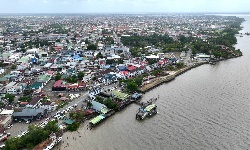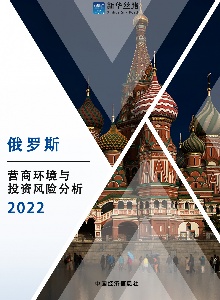Locatedin the southwest of Inner Mongolia Autonomous Region in northern part of Chinaand surrounded by the Yellow River in the West, North and East, Ordos covers atotal area of 86.8 thousand km2. In addition, Ordos is also an aridand semi-arid transition zone, where Kubuqi Desert is located in the north, MuUs Sandy Land in the south, gully and hilly area in the east and undulatedplateau area in the west.
Inthe face of severe desertification and sandification, Ordos attaches greatimportance to the prevention and control of desertification and unremittinglycarries out ecological construction centered on afforestation.
Toconclude the sand control wisdom inOrdos, the first thing to be mentioned is the Impelling security and governance measures by government.
Organizationalleadership was strengthened. Priority was given to governance of desertifiedland in ecological construction by the Municipal Party Committee andGovernment. Local administrative leadership responsibility system wasimplemented, namely the document for objective responsibility was signed byeach level and governance tasks were decomposed and implemented, so as topromote efficient governance of desertified land.
Allcitizens were mobilized to participate in prevention and control ofdesertification. The national key ecological construction projects werecombined with greening of key areas and compulsory tree planting by the wholenation, and cadres and workers at city-, banner- and town-levels were mobilizedto participate in compulsory tree planting. Extensive publicity was carried outthrough annual "World Day to Combat Desertification and Drought","Law Propaganda Day", "Arbor Day" and other importantfestivals as well as other channels and forms such as television, radio,newspapers and SMS, so that a favorable atmosphere was created for the wholesociety to understand, support and participate in the prevention and control ofdesertification.
Basedon the city’s natural and geographical conditions, construction of key forestryecological projects was organically combined with the "Three-districtPlanning" for development of agriculture and animal husbandry. Projectswere preferentially arranged in areas suffering from serious hazards ofsandstorms and soil erosion in the restricted development zones and prohibiteddevelopment zones through overall arrangement and rational distribution,combining with greening of key areas and construction of raw material forestbases, so as to maximize the role of engineering construction. For the hillyand gully regions in the east, priority was given to soil and waterconservation. Artificial afforestation and enclosed cultivation were used, soas to improve the percentage of forestry and grass coverage and reduce soilerosion.
ForMu Us Sandy Land and Kubuqi Desert, the control effort was made by followingthe order of priority and urgency; for the governance layout, enclosure at theedge of desert (land), cutting off in the middle by roads and water, andpartition such as lowland, bottomland and oasis between the hills were used forgovernance. For the measures, enclosure, aerial seeding afforestation, trees,shrubs, grass, belt, network and area as well as biological and engineeringmeasures were combined for comprehensive governance.
Forthe arid area in the west, priority was given to protection of natural nativevegetation; hill (desert) closing for forestation was used, complemented withartificial afforestation, so as to construct conservation oriented eco-economiczone.
ForWuding River Basin and the alluvial flatlands flooded by the Yellow River,great efforts were made in construction of shelter forest for farmland,protective belt along an embankment, bank protection forest, commercial timberproduction forests and economic forests centered on the development strategyalong river. Green passage project was implemented along highways and railways.Industrial and mining enterprises adhered to "governance of one mountainand one ditch under one mine and one enterprise".
Fordowntown, parks, scenic areas, ecological immigration areas, new countrysideand new pastoral areas, urban green space and greenbelt were energeticallydeveloped. Greening around towns and villages and street greening wereaccelerated in combination of village greening matching projects for new ruralconstruction and "construction of beautiful countryside", so as toimprove the ecological environment as well as the people's production and lifequality.






